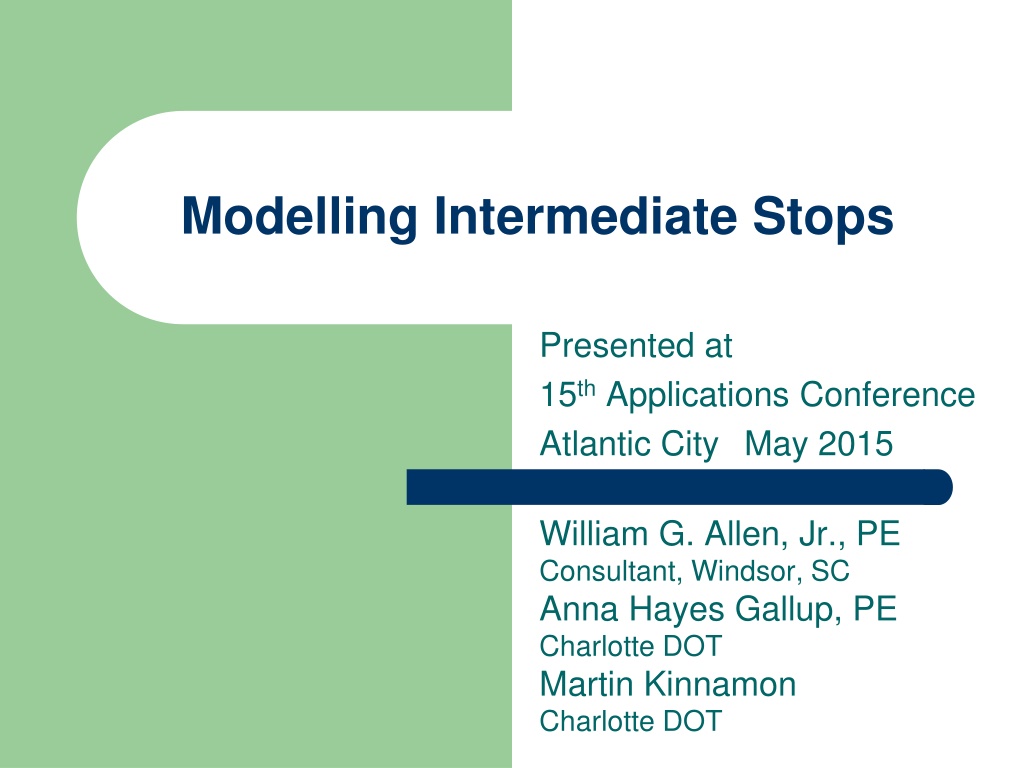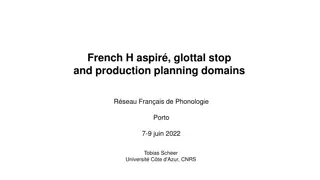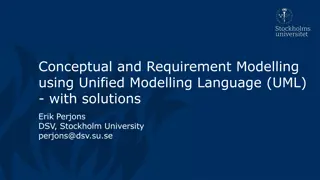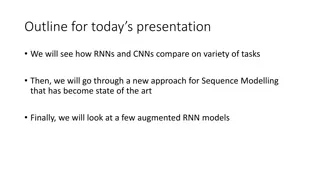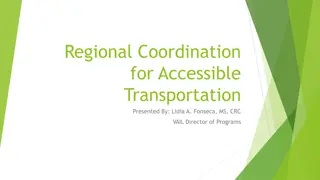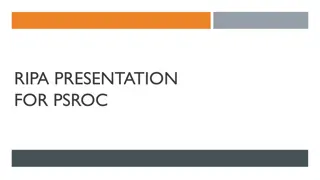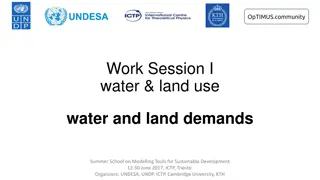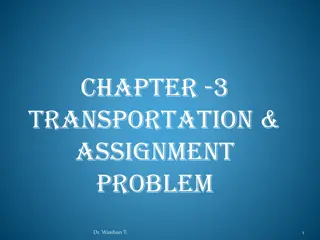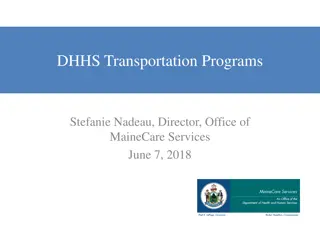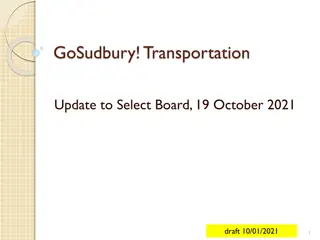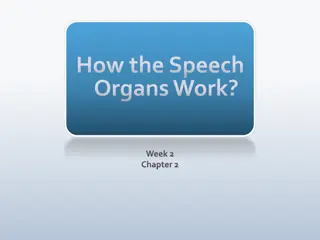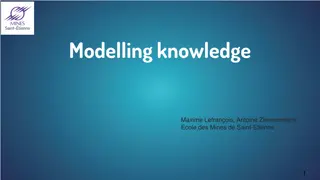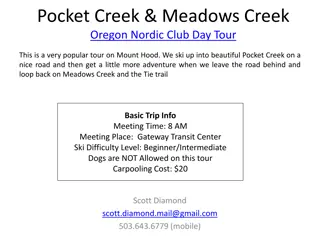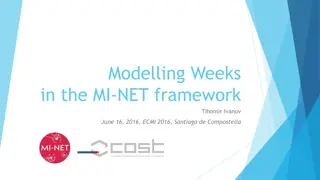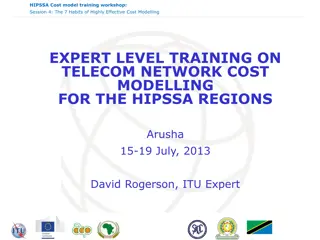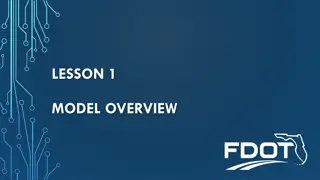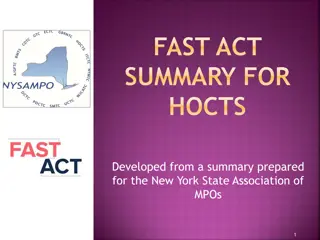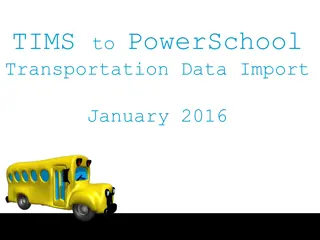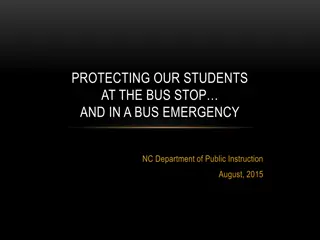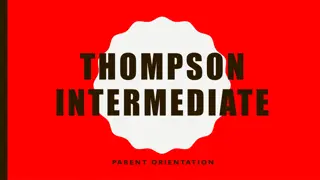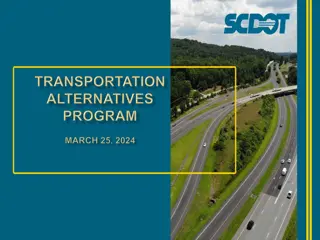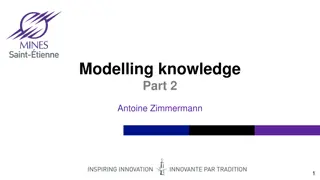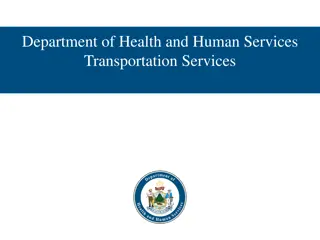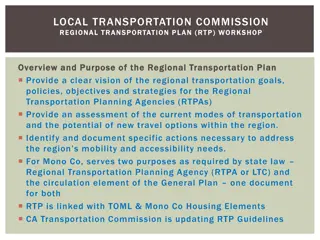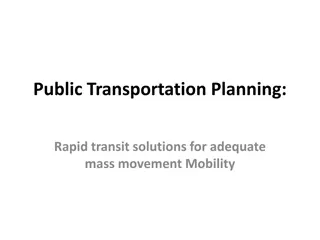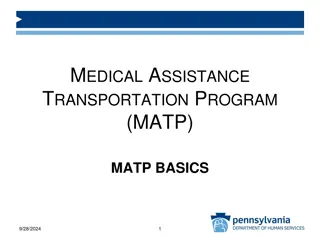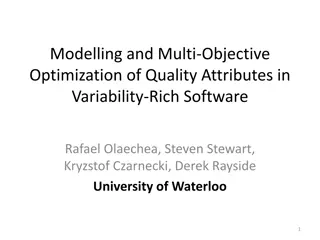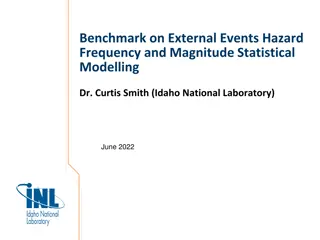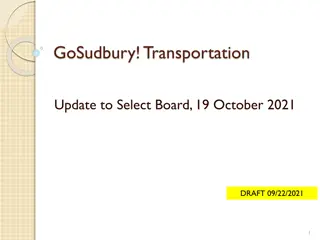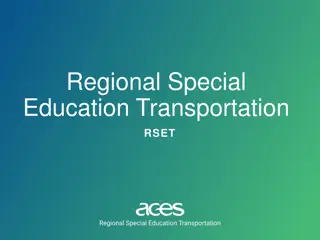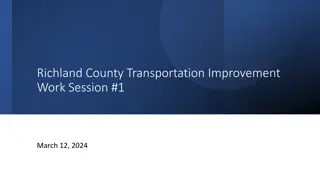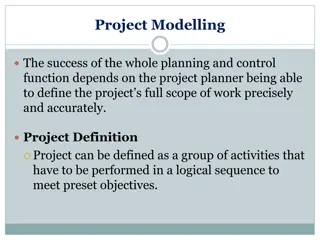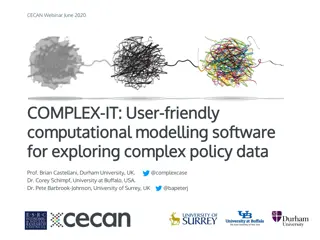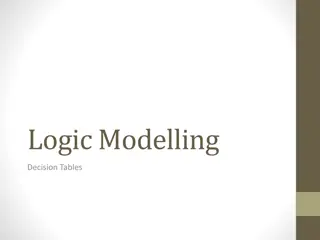Insights into Modelling Intermediate Stops and Tour-Based Models in Transportation Planning
Explore the concept of intermediate stops in transportation modelling, including the development of a new tour-based model in Charlotte. Learn about the challenges faced in modelling stops and the estimation process using the Logit model. Discover how tour frequency, main destination choice, number of stops, and stop location are vital considerations in simplified tour models.
Download Presentation

Please find below an Image/Link to download the presentation.
The content on the website is provided AS IS for your information and personal use only. It may not be sold, licensed, or shared on other websites without obtaining consent from the author. Download presentation by click this link. If you encounter any issues during the download, it is possible that the publisher has removed the file from their server.
E N D
Presentation Transcript
Modelling Intermediate Stops Presented at 15thApplications Conference Atlantic City May 2015 William G. Allen, Jr., PE Consultant, Windsor, SC Anna Hayes Gallup, PE Charlotte DOT Martin Kinnamon Charlotte DOT
New Tour-Based Model in Charlotte Simplified approach Extension of Brunswick tour model presented in Reno, 2011 2012 standard home interview survey Created in parallel with trip-based model 11 months, $70K 2
What is an Intermediate Stop? Travel is modelled as round-trip tours, between home and a major destination work, school, other Intermediate stop is secondary activity shop or personal business for other , place of longest activity Stops are related to tour main O & D No more disjointed trip segments 4
Simplified Tour Model Steps HH synthesis Tour frequency by purpose Tour main destination choice by purpose Number of stops by purpose, direction Stop location by purpose, direction Time of day (4 periods) Truck tours No mode choice yet 5
Challenges in Modelling Stops Few patterns are evident Survey geocoding always suspect Must limit search geography Keep outliers from influencing calibration weird patterns do occur 6
Actual Work Tour 3 7 4 6 2 8 5 1 destination origin 7
Actual Non-Work Tour 5 destination 1 origin 4 2 3
Model Estimation Logit model, similar to Destination Choice Size variables, detour time, zonal attributes Estimate with ALOGIT Consider selected stop zone + 9 others Other candidates selected at random tried importance-based sampling random selection worked better 9
Stop Frequency 100% 80% 4+ 3 2 1 0 60% 40% 20% 0% Work School University Shop Other 10
Original Version (Brunswick) Different models by purpose, direction (P-A, A-P) Stop location influenced by tour O/D, jobs, area type, detour time Stops are independent of each other Less accurate but simpler 11
Enhancement for Charlotte Looked more closely at stop locations Some dependencies between stops Tour purpose not so important Stop sequence is important Income mattered, too higher income = more sensitive to detour time 12
Detour Time stop 10 5 12 origin destination detour time = 10 + 5 12 = 3 13
Change the Groups Based on tour purpose, HH income, stop sequence number Income groups: lower 50% higher 50% Influenced by sample size not a lot of multi-stop tours Explicitly models stop sequencing 14
New Hierarchy 1. HBW, stop 1, low inc 2. HBW, stop 1, high inc 3. HBW, stop 2 4. SCH / HBU, stop 1 5. HBS / HBO / ATW / EXT, stop 1, low inc 6. HBS / HBO / ATW / EXT, stop 1, high inc 7. All non-work, stop 2 8. All purposes, stop 3 9. All purposes, stops 4-7 15
Zone More Likely to Be a Stop If... Lower detour time (esp. < 10 min.) More development (esp. retail emp.) Accessibility to jobs Urban area type Closer to CBD For multi-stops lower time from last stop closer to tour destination 16
Sequencing is VERY Difficult Establishment opening & closing times Sequencing for certain purposes do grocery shopping last serve passenger: pick-up / drop-off sequence Requires data that is unavailable 17
So What? Simple stratification by purpose is insufficient Work / school / non-work distinction matters but non-work purpose distinction not very important Stop sequence IS important difficult to model, but worth trying greater accuracy in stop locations 18
Questions? (803) 270-7114 wgallen@isp.com www.williamgallen.com 19
